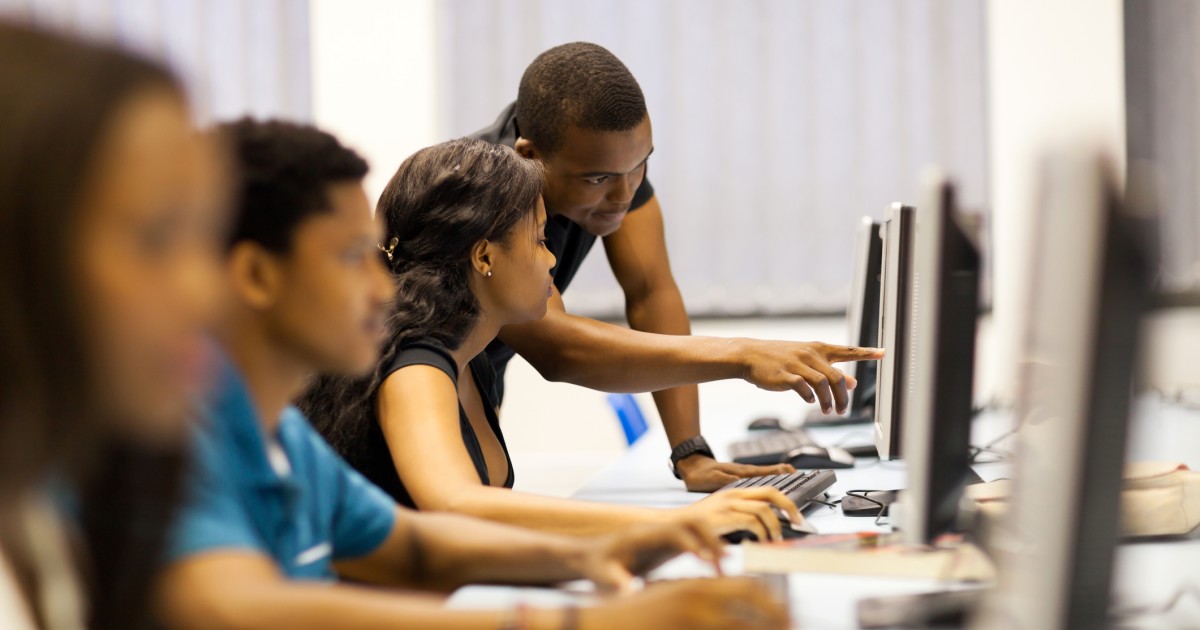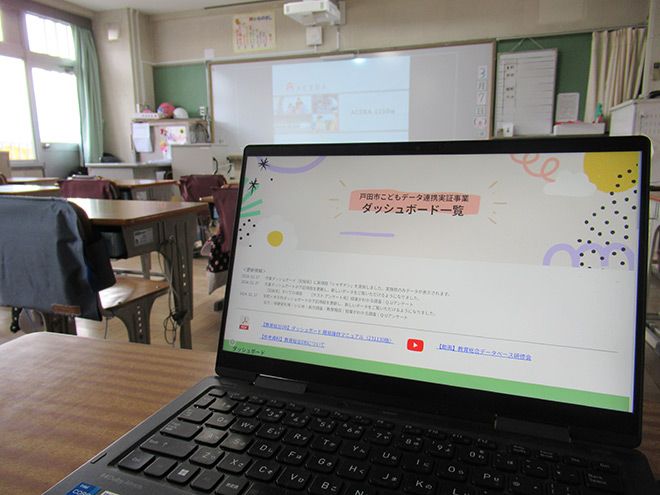When it comes to using generative AI (GenAI) in America’s classrooms, its potential is like a blank canvas.
I’ve researched promising new classroom tools and techniques for over a decade. Last year, I made some predictions on generative AI and ChatGPT from one of the earliest rounds of research on this topic, supported by the Walton Family Foundation.
A year later, we are getting a better sense of how teachers, parents and students are beginning to use this tool. New data has uncovered unexpected trends, potential pitfalls and opportunities moving forward.
Ian Connell
The use of generative AI and tools like ChatGPT are causing a significant shift in America’s schools that in just one year, teachers’ familiarity with ChatGPT tripled from 25% to 79%.
One of the data’s biggest revelations is how teachers use AI in the classroom. In 2023, I predicted that time savings and reducing administrative workload would be the big winners for GenAI applications in education.
These trends are playing out for three of the top four teacher use cases, including: support for lesson planning and preparing instructional materials (32%); and creating worksheets or examples for students (32%).
But the number one way teachers are now using AI is to aid in creative work, specifically in helping with new ideas for class (37%).
To avoid “decision paralysis,” schools should dedicate their effort and resources to developing specific and limited applications for GenAI, writes Ian Connell.
Photo Credit: Josh Bennett, Courtesy of the Charter School Growth Fund
This was a surprise, but in retrospect, it shouldn’t have been. Plenty of research shows how powerful AI can be at creative tasks. In many circumstances, it outperforms humans.
Couple that with the cognitive load of generating new ideas at the end of a long day; using AI can be a huge relief for overloaded teachers.
The new data also highlights a significant increase in awareness and usage at the parent and student levels. Half of parents (51%), K-12 students (48%) and undergraduate students (46%) report using AI chatbots once a week or more. Even greater majorities of each group say chatbots have positively impacted their or their children’s classes.
It’s time to focus and begin to deploy GenAI in thoughtful and targeted ways to benefit educators and students everywhere.
Ian Connell
GenAI is admittedly a very powerful tool and one with an overwhelming number of potential applications.
To avoid “decision paralysis,” schools should dedicate their effort and resources to developing specific – and limited – applications for GenAI. The most successful schools implementing new GenAI tools will ensure alignment to a top strategic initiative, like early literacy, family engagement or staff sustainability. This narrowed focus will create forced perspective and prioritization that will unlock clarity of tool selection, logical use cases, and safety considerations.
This will also help guide the creation and structure of training programs. Currently, only a quarter of teachers say they received that training. School leaders have a tremendous opportunity to support teachers even further with this tool.
In just one year of data, we are already seeing how universal awareness of GenAI is impacting the education landscape. Where there was a blank canvas, a sketch of an idea is beginning to form.
Now, it’s time to focus and begin to deploy GenAI in thoughtful and targeted ways to benefit educators and students everywhere.



